Electron Emission From Metal and Work Function:
We know electrons of an atom are identical and are held in an atom by the attraction of its nucleus. Atoms combine to form solid. In some solids, called metals, the electrons particularly outer ones, are so loosely bound to the parent atom that they can easily move from one atom to another and move about in the solid. These electrons are called ‘free electrons’ as they are free to move inside the solid but cannot leave the solid on their own. These electrons are held inside the metal surface by the attraction of the ions (atom minus outer electrons) and of surface forces. Thus, these electrons require a certain amount of energy in order to come out of the metal surface. The minimum amount of energy required to emit electrons out of the metal surface is called the work function of the metal. Different metals have different values of work function.
The minimum energy (work function) required for electron emission from the metal surface can be supplied to the metal in any of the following ways-
(1) Field Emission- Electrons can be made to leave the metal surface by applying a strong electric field. This is done in an electric discharge tube.
(2) Thermionic Emission– By heating the metal, sufficient thermal energy is received by the free electrons to overcome the attractive pull of the metal surface. It is the most common technique used for the emission of electrons. It is used in electronic valves cathode-ray-tube etc.
(3) Photoelectric Emission- Free electrons from the metal can also be released by supplying energy to them in the form of light. For this purpose, the metal surface is exposed to light of high frequency (ultra-violet).


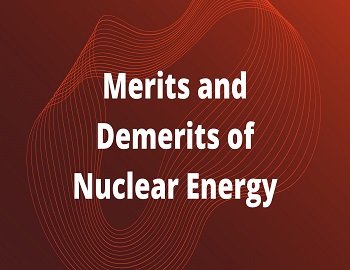
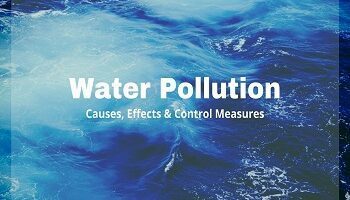

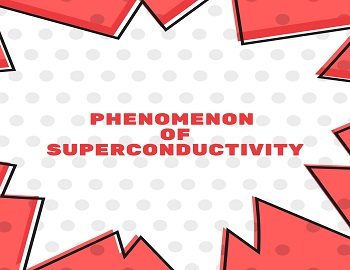

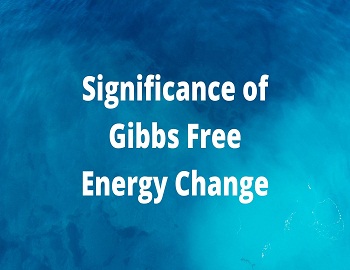
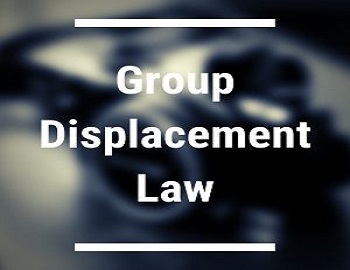
Comments (No)